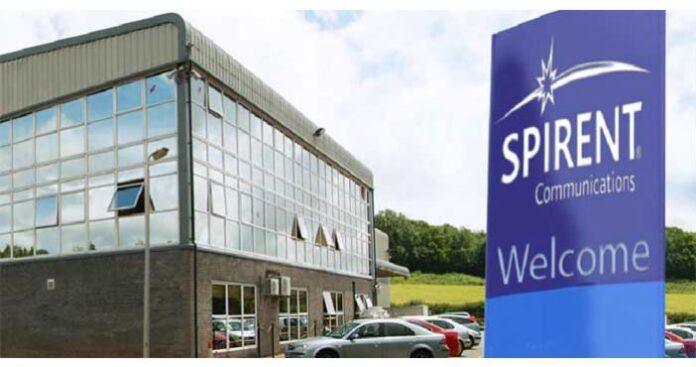Spirent Communications is working with mobile phone original equipment manufacturer Foxconn to put more voice- and video-over-LTE-enabled phones on the market, supplying the Chinese electronics company with Spirent’s BeeHD VoLTE client framework.
The move to work more closely with VoLTE developers is the most recent shift toward more direct engagement on the handset side for Spirent. In 2014, the company acquired Mobilethink, which focused on mobile device management and analytics. The transaction also included Mobilethink’s Tweakker unit, which provides device configuration support for mobile virtual network operators. Later that year, Spirent bought Radvision, with solutions that included test tools and voice and video service monitoring, IP multimedia subsystem and session initiation protocol stacks, and the BeeHD video client framework.
Saul Einbinder, VP of venture development at Spirent, said the company’s relationship with Foxconn started with testing, but “very quickly grew into being a technology enabler for them, and this fits really well with how Spirent looks at the space.” Customers, he added, “aren’t necessarily trying to get testing done per se. … They’re trying to get products enabled.”
In particular, he added, several areas of VoLTE are complex: the protocols themselves have intricate interactions, even just within the IMS core; the need to test for voice and video quality; and the work involved in enabling interoperability across carriers and different VoLTE clients. Each mobile phone manufacturer implements different VoLTE clients – sometimes even development teams within OEMs integrate different clients, which means having to ensure interoperability even within a single company’s product lines, Einbinder said.
Another factor, Einbinder said, is the new 3GPP codec for improved VoLTE quality: enhanced voice services, which Einbinder said will be rolling out this year and promises even better voice and sound quality than the first implementations of VoLTE codecs, as well as better efficiency in bandwidth use.
In a white paper on EVS, Ericsson described it as “providing a new sound experience both for speech and music; evolved HD voice services will gain even crisper and more natural voice quality in any kind of communication environment. It will also provide significantly improved music quality for on-hold messages, music announcements and other similar services. Live music sharing via the mobile phone from, for example, a concert, will give an unprecedented realistic impression. This is achieved through covering an even wider audio band for the complete audible frequency range … and new coding strategies originally mainly used by audio codecs.”
The technology is compatible with current VoLTE implementations and also is able to better handle packet loss, delay and jitter that can impact VoLTE voice and video quality, including enabling very fast variable bitrate changes that can be especially valuable in a wireless environment in maintaining quality of experience.
“It’s been in every dimension, and now that’s going to be starting to roll into implementations in 2016,” Einbinder said.

